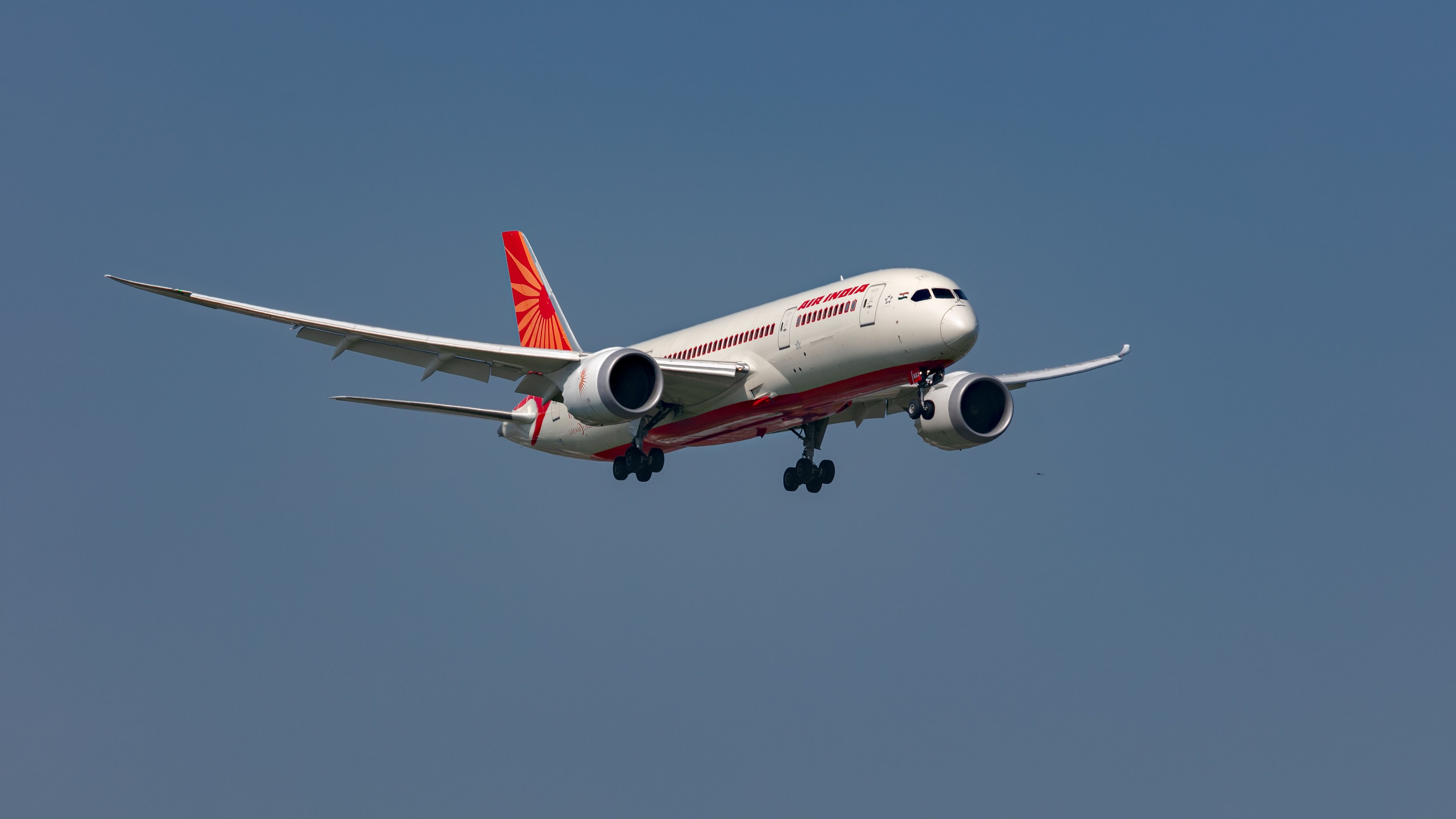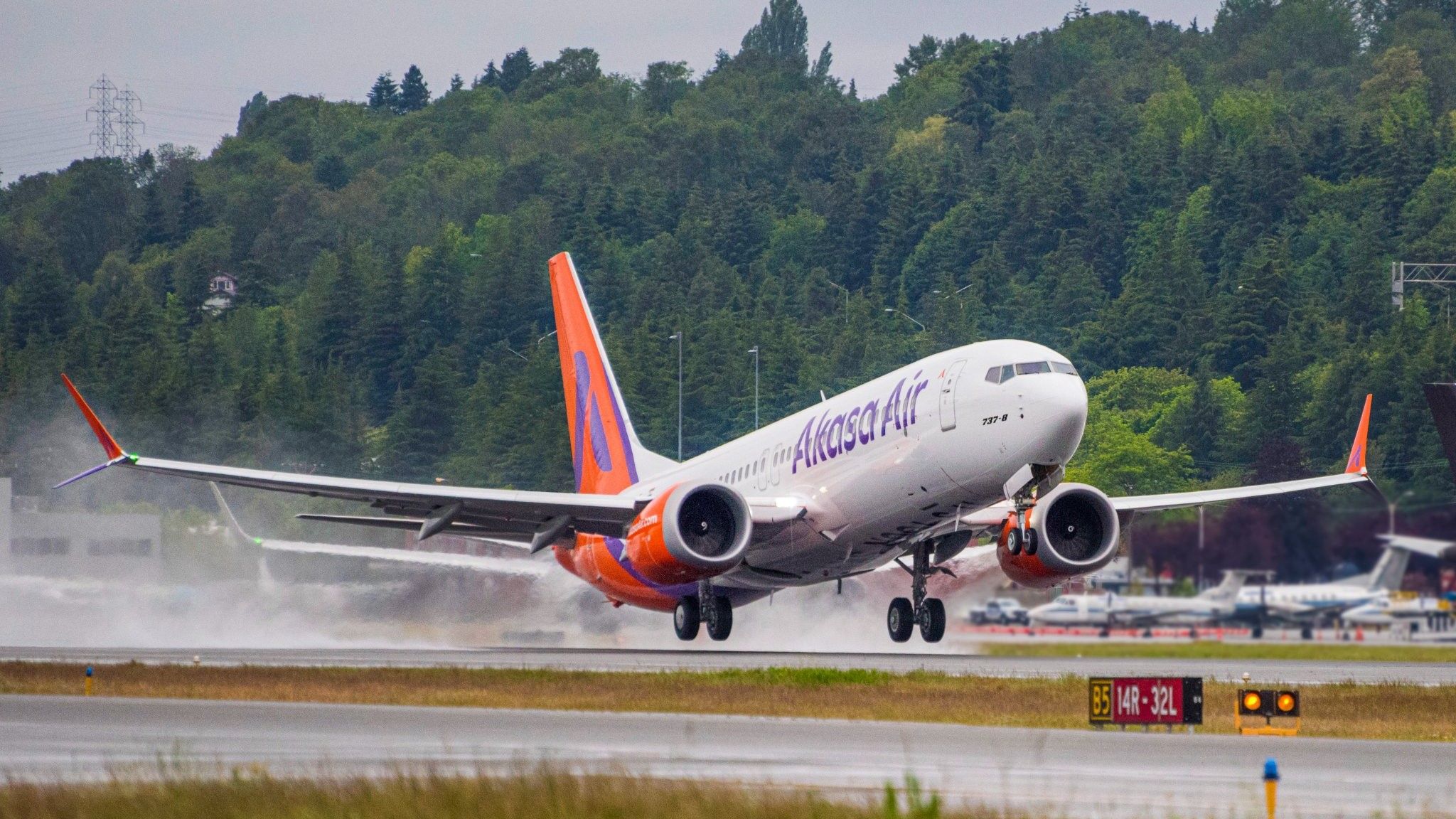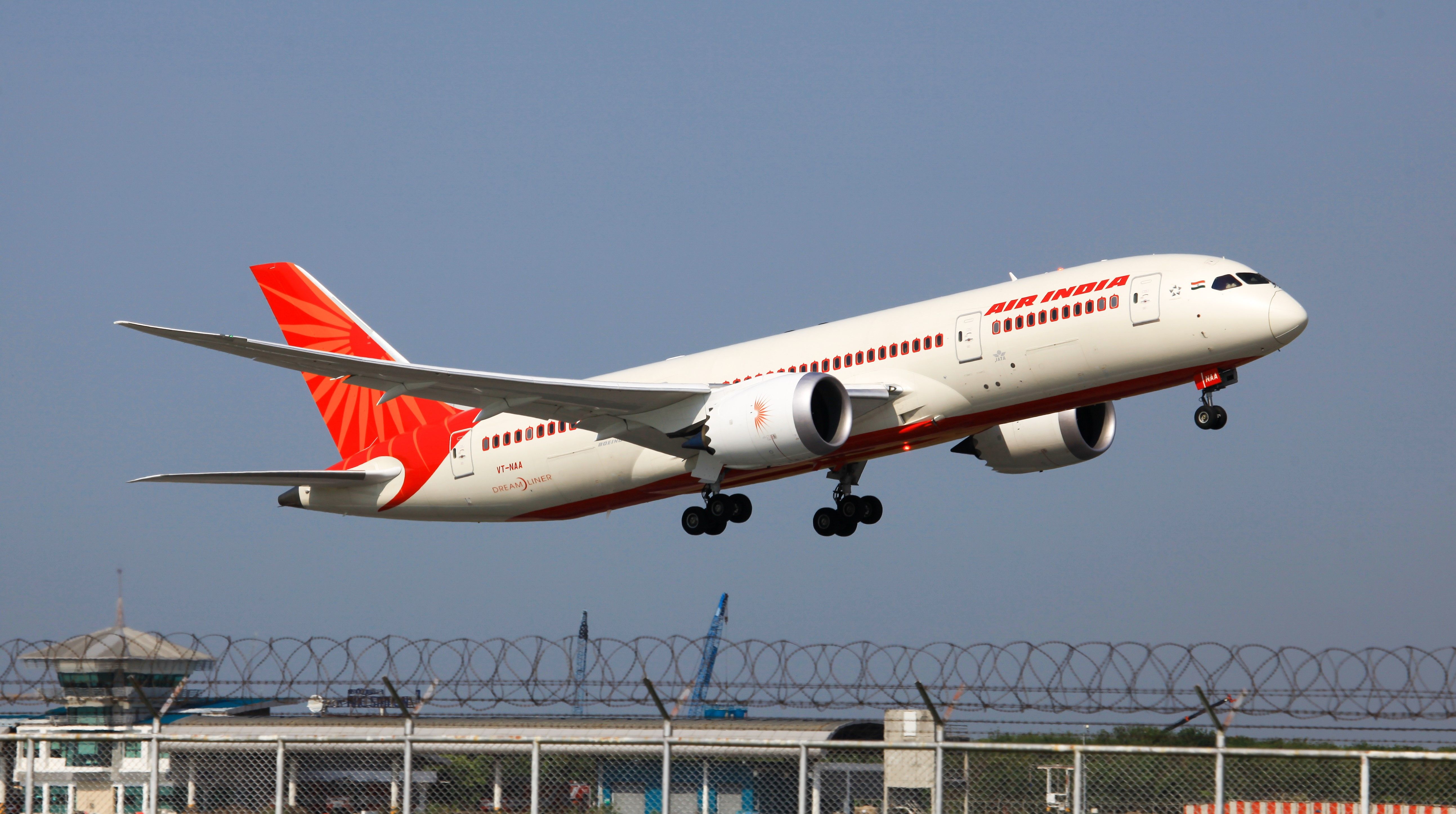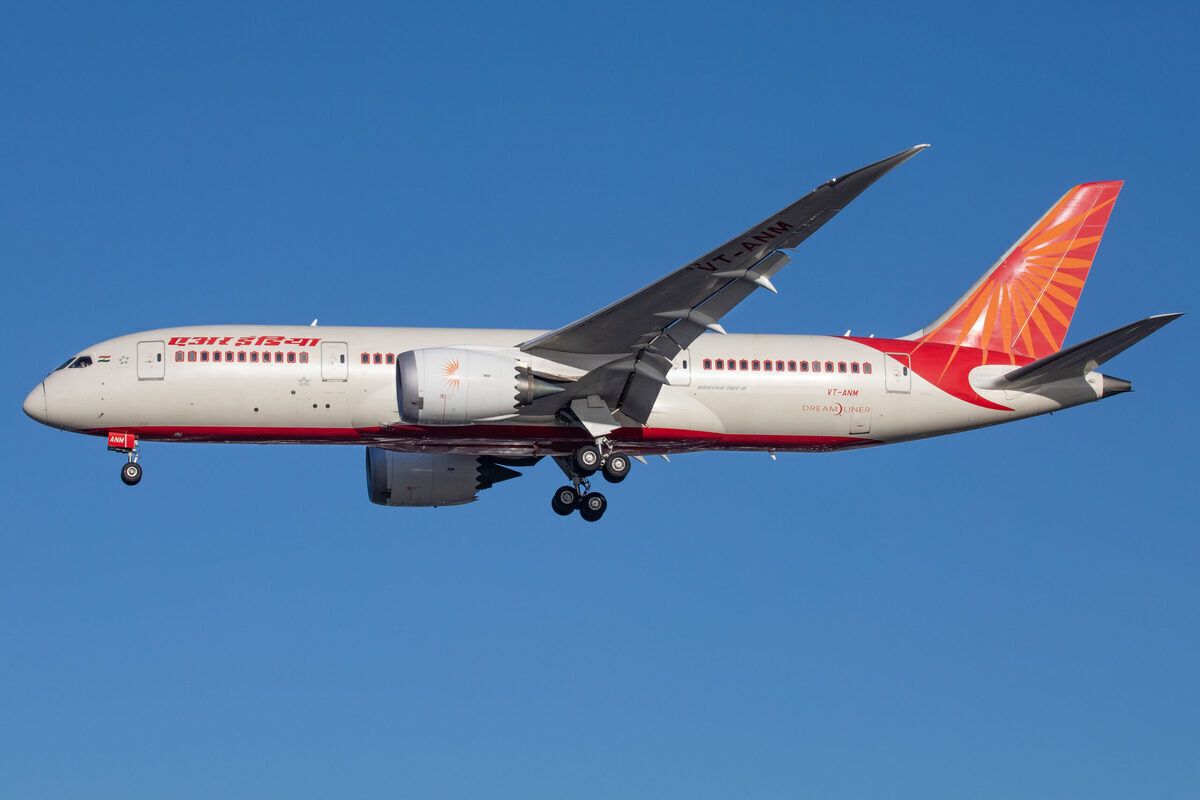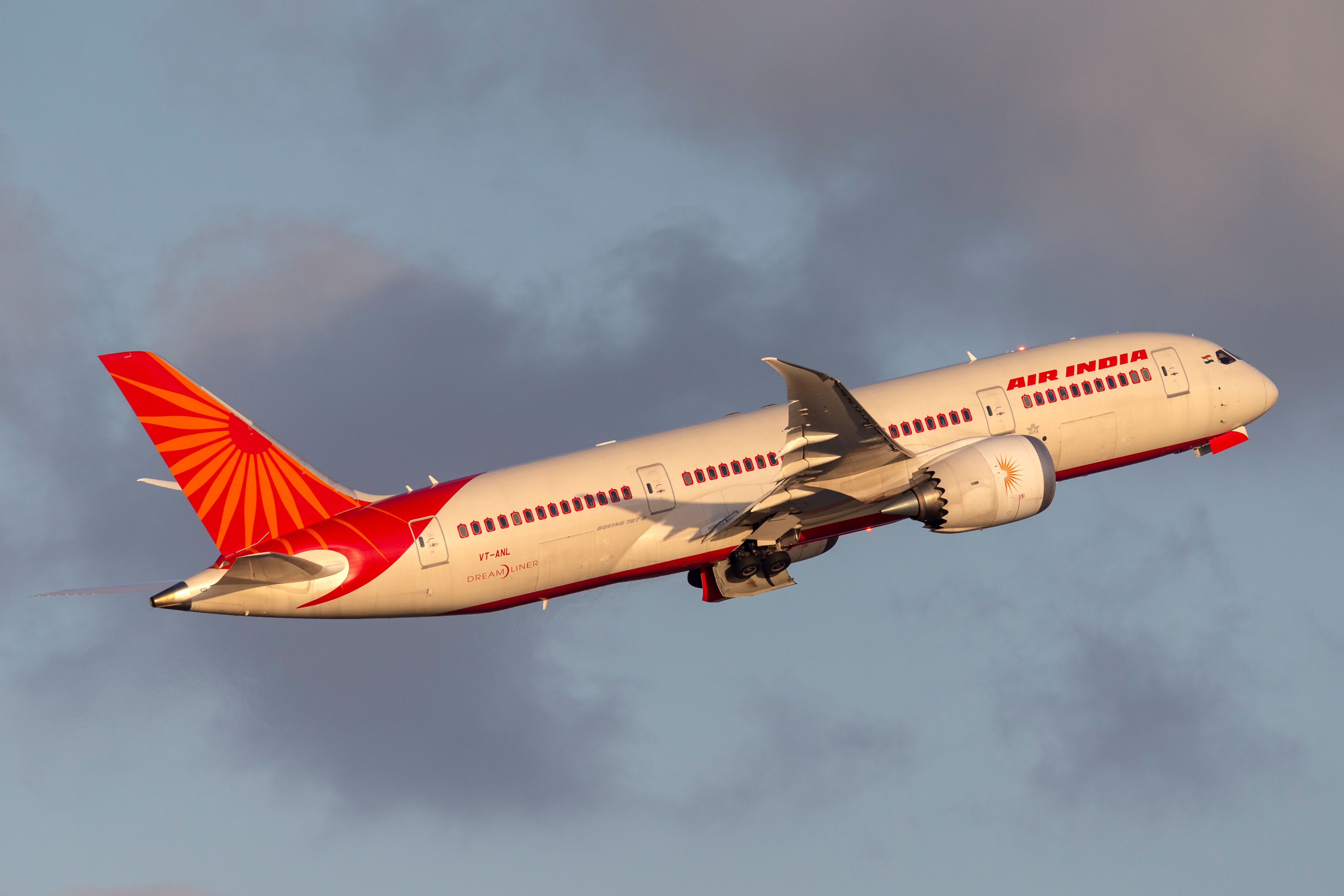Summary
- Deploying widebody jets on short domestic routes in India is not uncommon due to slot constraints and high passenger demand.
- Larger aircraft like the Dreamliner offer more comfort and legroom, attracting passengers and potentially increasing revenue.
- The economic feasibility of such operations is debated, with concerns about efficiency, maintenance costs, and aircraft availability.
When flying on a domestic short-haul route, one would naturally be led to expect a smaller aircraft on their flight. This is not abnormal and is often the best economic option for airlines as widebody aircraft are usually optimized for fewer landings and takeoffs, meaning that the opportunity cost of flying many short-haul connections is significantly higher.
There are a number of different players in the Indian domestic market, most of which operate large fleets of Airbus A320 and Boeing 737 family jets. Both of these narrowbody aircraft have long served the market reliably and have established a strong reputation for performance on these domestic hops.
However, one airline stands as an exception to this rule. Flag carrier Air India has a history of operating a handful of flights on its most popular domestic routes with widebody jets and even operated some domestic Boeing 787 flights for some time. In this article, we will take a deeper look at the history of the carrier's domestic 787 services.
Big planes, small routes
While India enjoys a robust domestic market, most flights within the country last for two hours or less. As such, narrowbody aircraft like the A320 and B737 fit the bill perfectly for almost all major players. Air India itself relies on the A320 family to serve its domestic market. But for a period following the pandemic, the flag carrier had been deploying its Dreamliners on major trunk routes within the country. Widebodies flying domestically in India was not a new concept then, and daily domestic 777 services continue.
While sometimes these flights emerge as a by-product of positioning an aircraft in a particular city for its eventual trip abroad, some Indian domestic routes have seen consistent widebody traffic over the years. Air India initially got its toes wet from add-on flights. For example, its London-Delhi flight was often extended to Kolkata, Bengaluru, and Chennai, but later, these routes even received their own Dreamliner flights.
The trend gained momentum, particularly when former Jet Airways started deploying its A330 airplanes on busy routes such as Delhi-Mumbai. With its brand-new Dreamliner fleet, Air India saw merit in the idea and followed suit, seeing the potential to use its high-capacity aircraft to sell more tickets on these routes.
Air India is not the only carrier to have had this intuition, with US legacy carrier United Airlines operating widebody 777s on domestic routes for quite some time. Air India's widebody fleet is divided as follows:
|
Aircraft type: |
Number in fleet: |
|---|---|
|
Airbus A350-900 |
2 |
|
Boeing 777-200LR |
8 |
|
Boeing 777-300ER |
19 |
|
Boeing 787-8 |
27 |
Are these flights profitable?
Both Jet Airways and Air India had well-established reasons for deploying these large aircraft on short domestic routes. One big reason for this was slot constraints at major airports. As newer LCCs started crowding Indian skies and airports, Air India (and Jet Airways back in the day) saw the advantage of bigger planes carrying more passengers at peak hours.
An Airbus A320 or Boeing 737 can fly about 150 passengers. Air India's Dreamliners can carry more than 250 in a two-class configuration. The Dreamliners were primarily deployed on three key routes:
- Delhi to Kolkata
- Delhi to Bengaluru
- Delhi to Mumbai
In India, morning and evening peak hours usually last from 6 am to 9 am and 4 pm to 7 pm, respectively. Back when Air India operated domestic Dreamliner services, they almost all occurred during these peak hours. Back in 2021, the carrier operated two daily services from Delhi to Kolkata with its 787s, one of which left at 06:30 and the second of which left at 16:55. Both of these services have since been downgraded to A321 flights.
The carrier also used to operate two daily Dreamliner flights between Delhi and Bengaluru, but the former, AI 803, which left at 14:10, was replaced with an A321, and the latter, AI 544, which left at 17:15, was later replaced by a Boeing 777. The airline previously operated 787 flights between Mumbai and Delhi but has since replaced its daily services with A321 flights, according to FlightAware.
Another reason for these 787 flights was to maintain market share by offering a better product. Seats on bigger airplanes such as the Dreamliner come with more legroom and are generally more comfortable than those on a smaller A320 family jet. The difference is even more pronounced in the business class section since the 787s are designed for longer flights.
With the Dreamliners, Air India had hoped to turn around its dwindling fortunes. Indeed, passenger reaction to the 787's domestic flights was quite good back when the airplane was somewhat of a novelty. A 2015 Hindustan Times report quoted an Air India official as saying,
“On average, flights are 85% full. More importantly, the business class is mostly sold out and hence the yields are higher … This is the reason why we are thinking of deploying two 787s exclusively on domestic routes.”
Balancing act
Many, however, were not entirely convinced about the economic advantages of these flights. Aviation experts believe that for such flights to be profitable, airlines usually have to maintain their operations quite efficiently – something Air India was not quite known for.
Bigger planes require longer boarding and deplaning times, which also carries forward to longer waiting times for passengers at the baggage carousel. There's more fuel consumption on the ground, and airlines also need to factor in the maintenance costs, which are typically higher for larger airplanes.
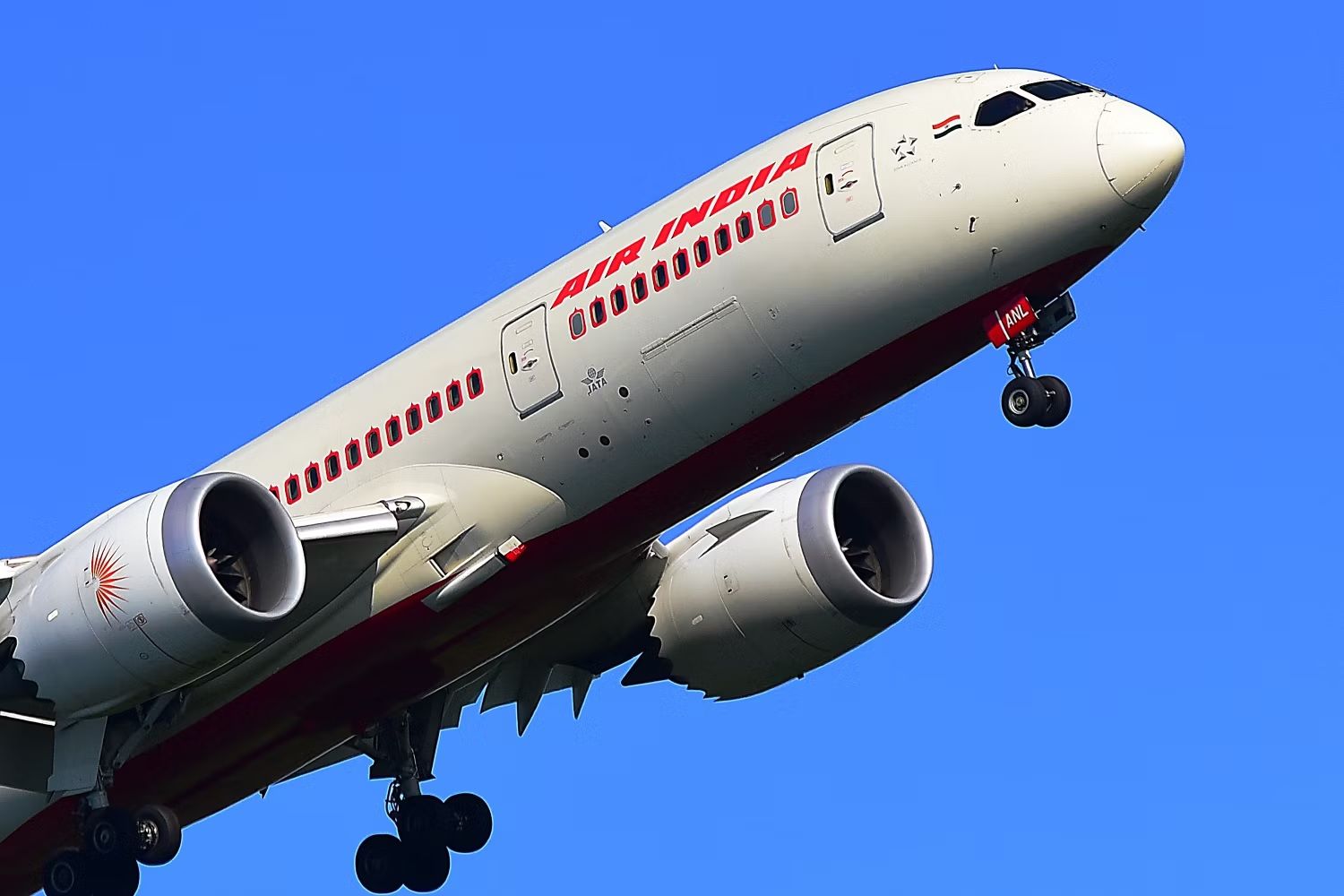
9th UK Route: Air India Adds Boeing 787 Flights From Bangalore To London Gatwick
Three airlines will now operate between London and Bengaluru.Devesh Agarwal, a Bengaluru-based aviation expert, told Business Standard in 2016 that Air India's decision to use its Dreamliners domestically was also a byproduct of the shortage of narrowbodies. Air India had struggled to find funds to maintain its narrowbody fleet over the years, and this could have been one of the factors for its 787 domestic operations.
Have you ever traveled Air India's Dreamliner on domestic routes in India? Do share your experience below.
We want to thank one of our readers, Sujan Bhattacharjee, for suggesting this topic. If you have any article ideas that you'd like us to consider, please submit them here.

